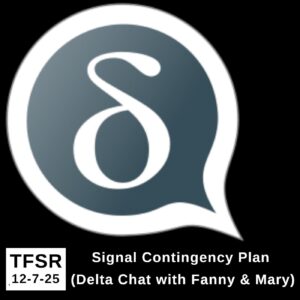In this episode, we have two segments.
Ben Passmore

First up, Ian talks with Philadelphia-based cartoonist Ben Passmore about his new book, Black Arms to Hold You Up: A History of Black Resistance. They discuss the research and making of the book, Passmores anarchism, the themes of inter-generational struggle, contextualizing history through lived experience, and the pitfalls of mythmaking. In addition, they spend some time discussing Ben’s martial arts practice and the legacy of Assata Shakur in light of her recent passing.
Other titles by Ben:
- Your Black Friend and Other Strangers
- BTTM FDRS
- Gumroad store
- LinkTree
- Patreon: @DayGloAHole
- Instascam @DayGloAHole
- BluesKry: @BenPassmore
- Fedbook @DayGloAHole
- Fumblr @DayGloAHole
Mikolo Dziadok
Then we’ll hear a brief interview with Mikola Dziadok, a Belarusian journalist, anarchist activist, blogger, and former political prisoner. Mikola is now about 3 months out of prison and starting a new life in exile. The interview was conducted in mid-November by comrades from Frequenz-A and appears in the December 2025 episode of B(A)D News from the A-Radio Network. Check our show notes for links on how to support Mikola’s next stage of life
Follow Mikola’s Channel in YouTube: www.youtube.com/@Radixbel
Support Mikola financially (it is needed for setting up life in a new country):
- ko-fi.com/mikoladziadok
- mikola.dziadok@gmail.com – PayPal
- 1K17NNNwFvH3rfg44vkLW1zHJCvxG8 Sc7z – Bitcoin









